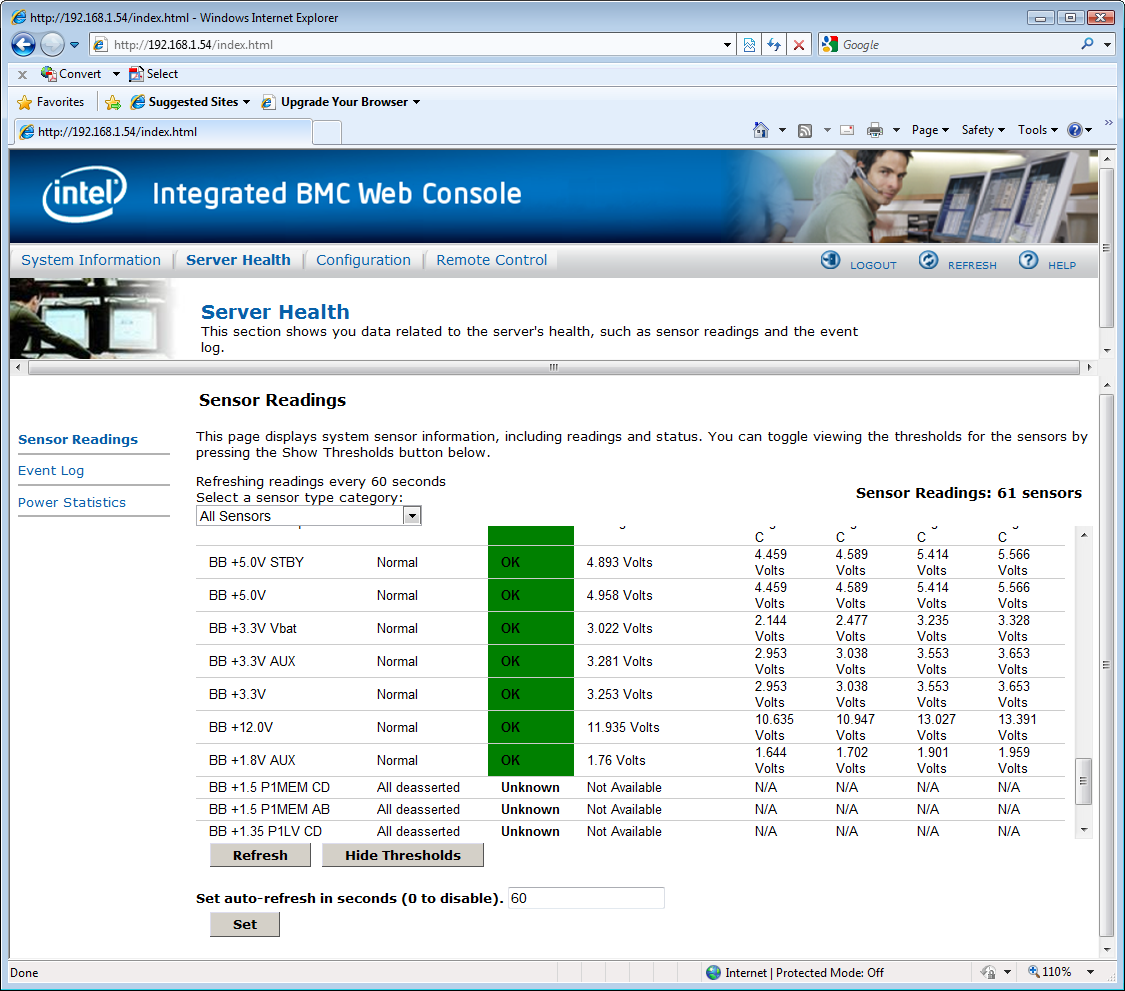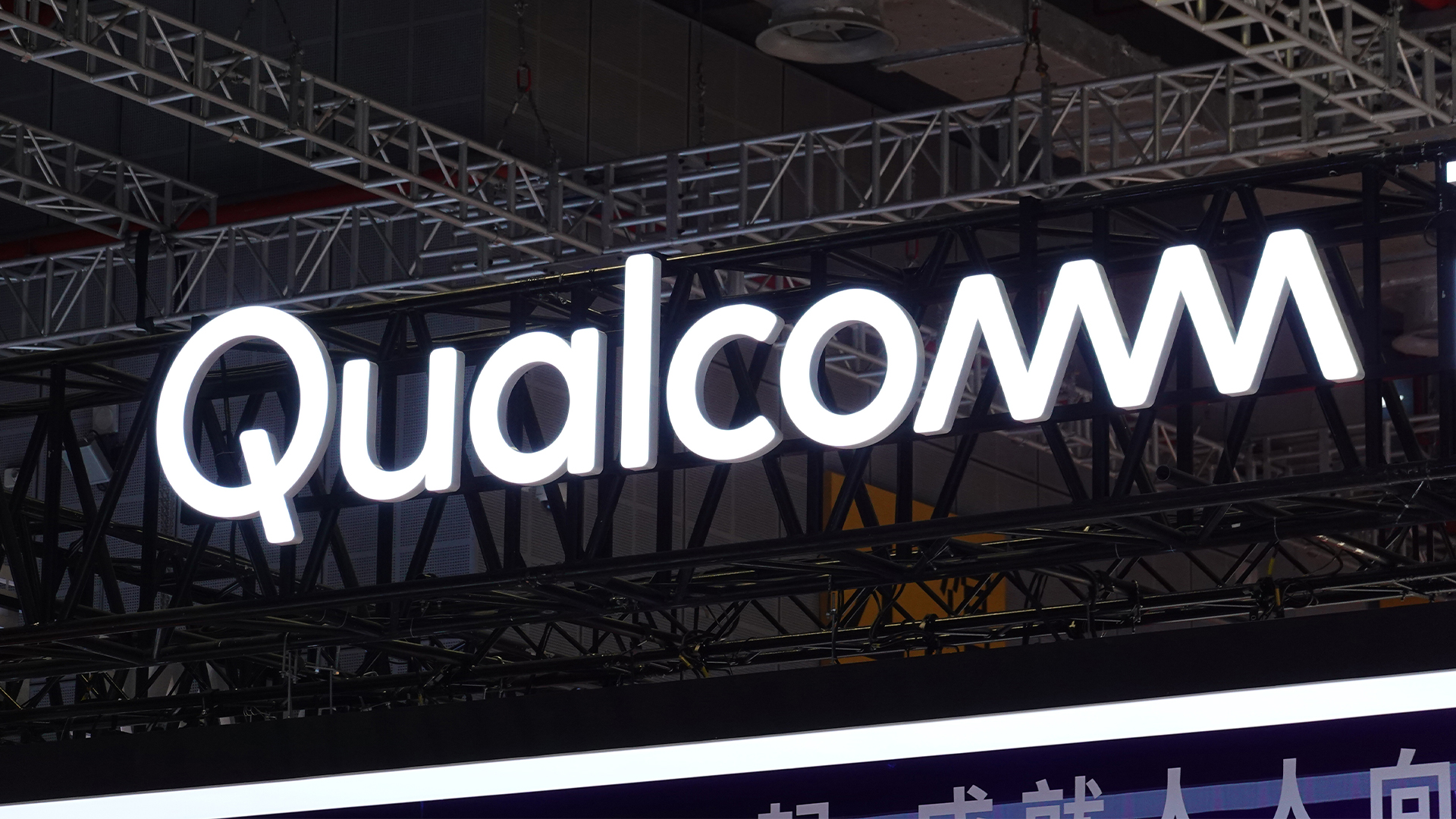Broadberry CyberServe XE5-R2216
In an exclusive review, Dave Mitchell looks at Intel’s Server System R2000GZ 2U rack server, which has memory and storage capacity high on its agenda.
The CyberServe XE5-R2216 delivers supports Intel’s latest Xeon E5 processors and impresses when it comes to storage, memory and expansion. It won’t be beating Dell’s new PowerEdge R720 for quality, features and design but this is reflected in its much lower price tag.

Comprehensive remote management
Remote server management via a web browser comes as standard with Intel's RMM4 module. This snaps into a small socket next to the I/O module slot and provides a dedicated network port at the rear.
It uses the same KVM chip as Supermicro's servers and provides a tidy web interface displaying sensor readouts for fan speeds, temperatures and voltages. Each value has low and high thresholds which can be tied in with email and SNMP alerts.

You can keep a close eye on critical components and link detected problems to emails and SNMP alerts.
The server came with a single 750W hot-plug power supply. For an extra 234, you can add a second for redundancy. Intel also steps into line with Dell and HP as it now offers a choice of supplies with 460W, 750W AC and 750W DC models on the menu.
The E5-2670 CPUs have a TDP of 115W and we found the server to be easy on the juice in our power tests. With Windows Server 2008 R2 in idle, we measured a draw of 104W which peaked at only 250W with all 32 logical cores under heavy pressure from the SiSoft Sandra benchmarking app.
The CyberServe XE5-R1304 isn't as well built or feature rich as Dell's PowerEdge R720 but it is a lot cheaper. Businesses looking for a low-cost 2U storage server with the latest Xeon E5 processors and a high memory capacity will find this fits the bill nicely.
Sign up today and you will receive a free copy of our Future Focus 2025 report - the leading guidance on AI, cybersecurity and other IT challenges as per 700+ senior executives
Verdict
The CyberServe XE5-R2216 delivers supports Intel’s latest Xeon E5 processors and impresses when it comes to storage, memory and expansion. It won’t be beating Dell’s new PowerEdge R720 for quality, features and design but this is reflected in its much lower price tag.
Chassis: Intel R2000GZ 2U rack
Motherboard: Intel S2600GZ
CPU: 2 x 2.6GHz Xeon E5-2670
Memory: 48GB DDR3 expandable to 768GB (using RDIMM or LR-DIMM)
Storage: 1 x 900GB Seagate SAS 2 SFF 10K hot-swap hard disk
RAID: Intel C600-A (upgradeable to C600-T)
Array support: RAID0, 1
Expansion: 6 x PCI-e Gen3 slots (with dual CPUs)
Network: 4 x Gigabit
Power: 750W hot-plug supply (max 2)
Management: Intel RMM4 with 10/100 port
Warranty: 3yrs on site NBD
Options: Redundant 750W PSU, £234
Dave is an IT consultant and freelance journalist specialising in hands-on reviews of computer networking products covering all market sectors from small businesses to enterprises. Founder of Binary Testing Ltd – the UK’s premier independent network testing laboratory - Dave has over 45 years of experience in the IT industry.
Dave has produced many thousands of in-depth business networking product reviews from his lab which have been reproduced globally. Writing for ITPro and its sister title, PC Pro, he covers all areas of business IT infrastructure, including servers, storage, network security, data protection, cloud, infrastructure and services.
-
 Qualcomm the data center with $2.4 billion Alphawave Semi acquisition
Qualcomm the data center with $2.4 billion Alphawave Semi acquisitionNews The move sees Qualcomm absorb Alphawave Semi’s portfolio of custom silicon, high-speed connectivity solutions, and chiplets
By Daniel Todd Published
-
 ‘If software development were an F1 race, these inefficiencies are the pit stops that eat into lap time’: Why developers need to sharpen their focus on documentation
‘If software development were an F1 race, these inefficiencies are the pit stops that eat into lap time’: Why developers need to sharpen their focus on documentationNews Poor documentation is a leading frustration for developers, research shows, but many are shirking responsibilities – and it's having a huge impact on efficiency.
By Ross Kelly Published
-
 OpenAI says GPT-5.2-Codex is its ‘most advanced agentic coding model yet’ – here’s what developers and cyber teams can expect
OpenAI says GPT-5.2-Codex is its ‘most advanced agentic coding model yet’ – here’s what developers and cyber teams can expectNews GPT-5.2 Codex is available immediately for paid ChatGPT users and API access will be rolled out in “coming weeks”
By Ross Kelly Published
